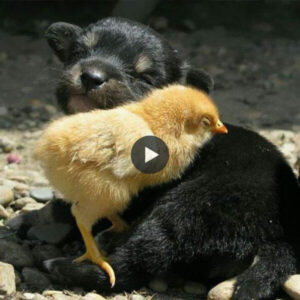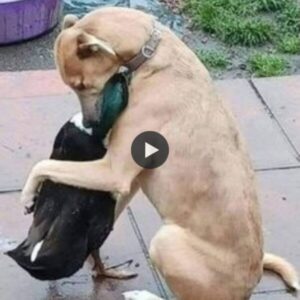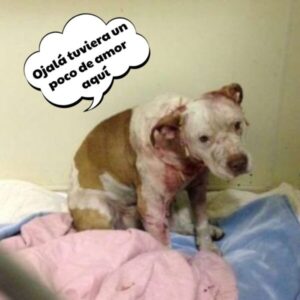Mango worms, scientifically known as Cordylobia anthropophagi, are parasitic larvae that infest the subcutaneous tissue of mammals, including dogs.
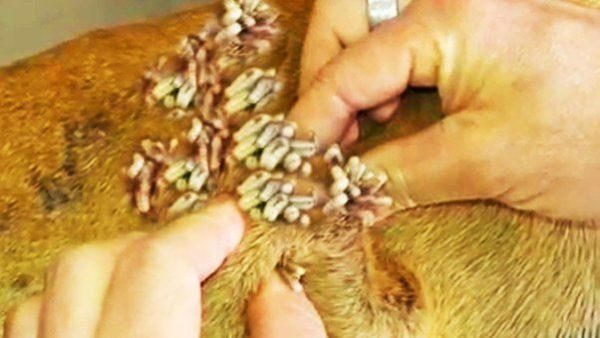
These parasites are commonly found in certain regions of Africa and are a cause for concern due to the discomfort and health issues they can cause in infested animals. Dealing with mangoworms in dogs involves understanding the causes, implementing effective treatment, and adopting prevention strategies.
Causes:
Mangoworms are the larvae of Cordylobia anthropophaga, a species of parasitic fly. The adult female fly deposits eggs on damp clothing or in the sand, soil, or on the fur of animals. When the larvae hatch, they burrow into the skin of mammals, including dogs, to complete their development.
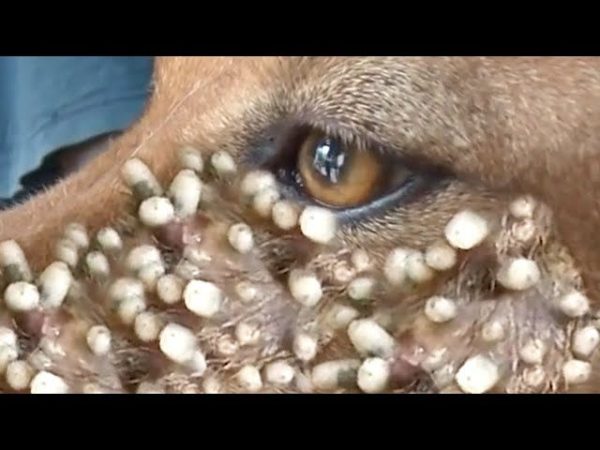
Symptoms:
- Visible Bumps:
Infected dogs develop small, raised bumps on the skin’s surface. These bumps may be red, swollen, and contain a central pore. - Itching and Scratching:
Dogs infested with mangoworms experience intense itching, leading to frequent scratching or biting at the affected areas. - Lesions and Ulcers:
As the larvae grow, they create lesions and ulcers in the subcutaneous tissue. Pus-filled nodules may form, causing pain and discomfort. - Secondary Infections:
The open sores created by mangoworm infestations can lead to secondary bacterial infections, exacerbating the overall health issues.
Treatment:
- Surgical Removal:
The primary treatment for mangoworm infestations involves physically removing the larvae. This should be done by a veterinarian to avoid complications. The larvae are extracted through a small incision, and the wound is cleaned and treated. - Antibiotics:
If the infestation has led to secondary bacterial infections, a veterinarian may prescribe antibiotics to combat the infection and promote healing. - Pain Management:
Dogs may experience pain and discomfort during and after the removal process. Pain management measures, such as pain-relief medications, may be prescribed.
Prevention Strategies:
- Avoidance:
In regions where mangoworms are prevalent, taking preventive measures to avoid exposure is crucial. This may include keeping dogs away from infested areas. - Regular Inspection:
Regularly inspect your dog’s coat and skin for any signs of infestation. Early detection allows for prompt treatment. - Grooming:
Keeping your dog’s coat clean and well-groomed can help reduce the risk of mangoworm infestation. Regular grooming also allows for the early identification of skin abnormalities. - Environmental Measures:
Clearing yards and living spaces of damp and sandy areas can reduce the likelihood of mangoworm infestation. Cleaning and maintaining a hygienic environment are essential. - Protective Clothing:
In areas where mangoworms are prevalent, consider using protective clothing for your dog, especially if they spend time in infested environments.
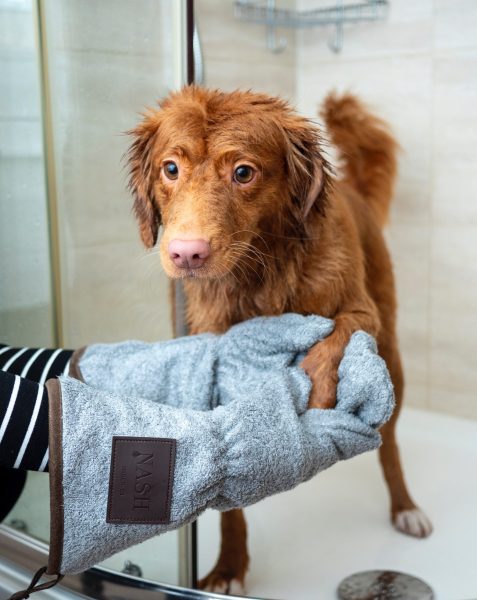
Dealing with mangoworms in dogs requires a combination of prompt veterinary intervention, proper treatment, and preventive measures to ensure the well-being of your canine companion. Regular veterinary check-ups and proactive care can help mitigate the risks associated with mangoworm infestations.

